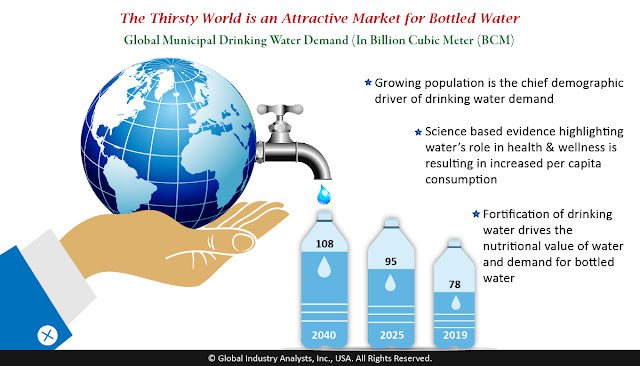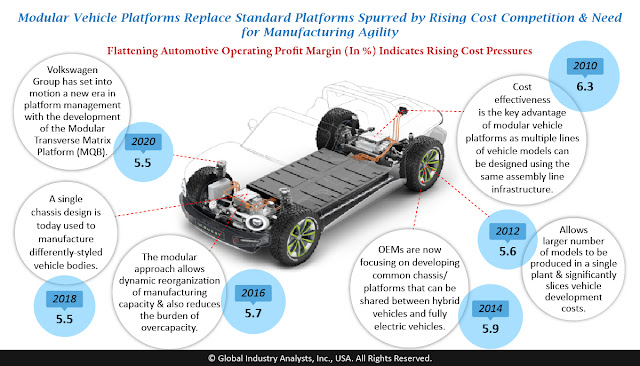
The global market for Power Management System is projected to reach US$5.7 billion by 2025, driven by digitalization, electronification and electrification trends sweeping through industries ranging from automotive, maritime transport, oil & gas, mining, heavy engineering to process manufacturing. In sync with digital maturity, electrification and digitalization of everything (DOE) is hitting a peak. On the back of this digital transformation comes the critical need for power management to ensure optimum utilization of power by electrical and electronic systems. With automation, robotics and IoT connectivity proliferating in smart factories around the world, there is a critical need to ensure robustness of electrical systems. Power management systems, in this regard, help improve reliability of electrical distribution and optimize consumption. Plant assets involving hydraulics, electric motors, electrical generators, turbines, and electrical heavy machinery need a mechanism for...
















